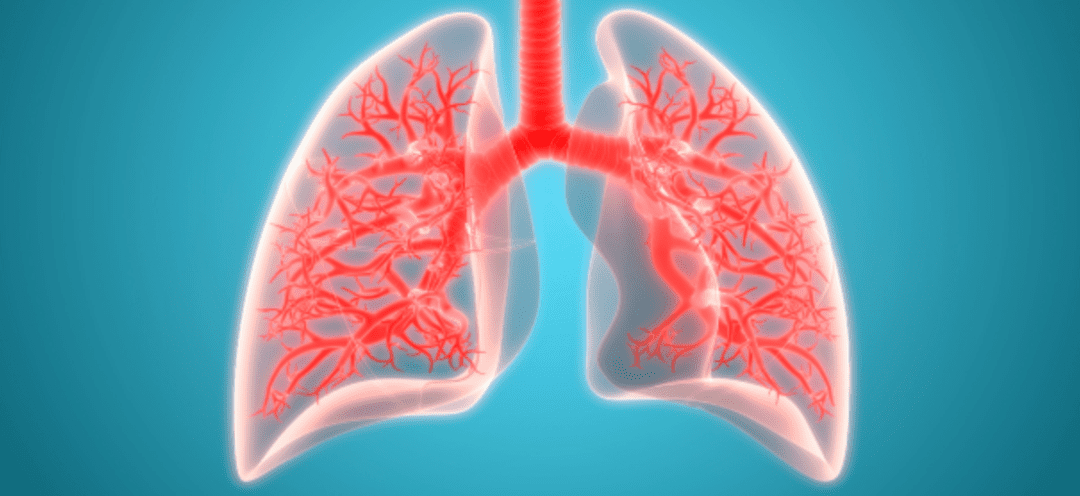Chronic obstructive pulmonary disease (COPD) affects 250 million people each year and is the cause of nearly 5% of deaths globally. This family of airway obstruction conditions is characterized by the loss of lung tissue and airway obstruction caused by chronic inflammation of the airways. As a result, components of the lungs, including the alveoli, are destroyed over time. Using regenerative medicine, including stem cell therapy, can address the damage caused by these conditions.
What Is COPD?
COPD is a progressive disorder that makes breathing very difficult. As the airways become obstructed, patients may experience symptoms such as mucus production, wheezing, cough, and difficulty breathing. Smoking is believed to be the cause of 85 to 90% of COPD cases, though factors such as long-term exposure to pollution or irritants could also contribute to the conditions.
The two main types of COPD are emphysema and chronic bronchitis. In emphysema, the alveoli at the end of the air passageways are destroyed by exposure to cigarette smoke or other irritants. In chronic bronchitis, the bronchial tubes become inflamed, which carry air to and from the air sacs.
Currently, there are several types of medications available to help control flare-ups of COPD, but each patient responds differently to treatments. There are also oxygen therapies available to aid patients with low blood oxygen levels and to provide easier breathing.
Stem Cell Therapy for COPD
Stem cell therapy is a natural alternative to other medications that have caused serious side effects or failed to produce measurable improvements. Through this regenerative medicine approach, patients’ air sacs and damaged lung tubes have the potential to be repaired, lung capacity increased and improved breathing.
Stem cells are the building blocks of the body due to their ability to regenerate and transform into virtually any specialized cell type. Through this treatment, stem cells are sourced by either the patient or an umbilical cord donor and re-delivered through direct injection, intravenously, and/or through a special nebulizer via inhalation. Depending on the patient’s condition, additional treatments may be needed. After stem cell therapy, COPD patients may be advised to undergo post-treatment lung rehabilitation to promoted optimal treatment outcomes.
Stem cell therapy continues to be an active topic in regenerative medicine research. It is not a cure and it may not be right for all patients with COPD, but it could be a promising alternative to anyone who is looking for other options outside of treatments with severe side effects or those that haven’t shown beneficial outcomes. If you are interested in learning more about Stem cell therapy for COPD contact a care coordinator today!


 St. Petersburg, Florida
St. Petersburg, Florida
